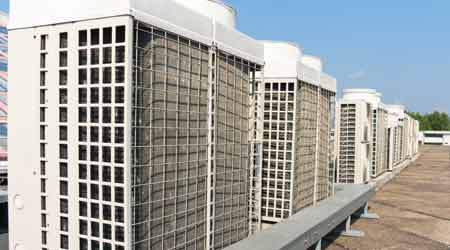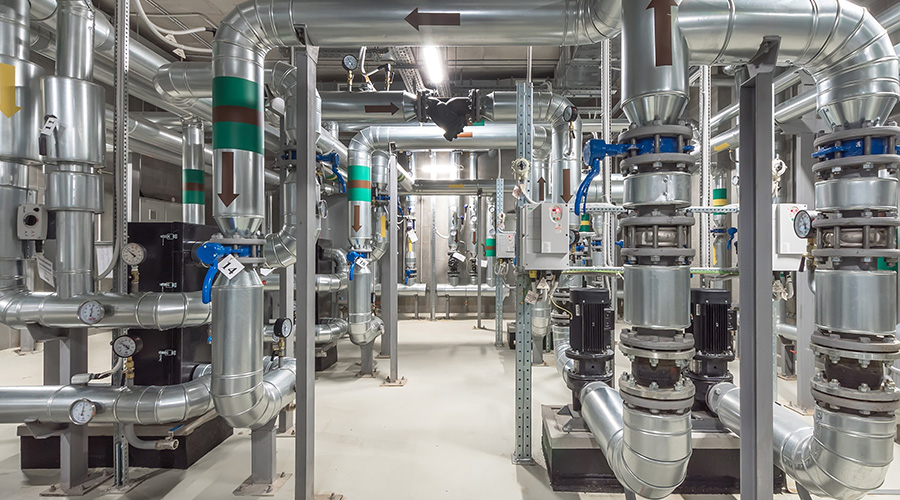 VRF technology continues to grow in popularity and could be the solution for managers seeking to address air conditioning comfort and cost concerns in their facility.
VRF technology continues to grow in popularity and could be the solution for managers seeking to address air conditioning comfort and cost concerns in their facility.VRF: Understanding Facility Needs
Managers who understand facility needs can best utilize the benefits of a VRF system.
VRF systems are most applicable to buildings in which zone loads are limited in size and that have multiple exposures, time-varying occupancies, and ventilation air requirements. VRF technology is most adaptable to projects that must meter energy use among multiple tenants. In moderate climates, large buildings often exhibit heating loads in one exposure or zone and cooling loads in another at the same time of day.
Conventional, large, central conditioning systems can handle a range of tenant requirements, but these systems also add facility management responsibilities, along with control system and metering costs. VRF systems actually can recover heat from one tenant and deploy it to another using heat pumps, all while tracking the electricity use in separate billings.
Depending on the building program, VRF systems present one often-overlooked pitfall related to compliance with ventilation codes and standards. ASHRAE Standard 15 and International Mechanical Code Chapter 11 include limits on the total amount of refrigerant that can be released into occupied spaces in the event of a leak. If it is possible for the entire system refrigerant charge to be discharged into an occupied space, the concentrations of refrigerant may exceed levels considered safe for continued occupancy.
Some jurisdictions require the preparation of a detailed analysis that predicts refrigerant levels in pounds per 1,000 cubic feet of occupied space. Levels that exceed code-prescribed limits require emergency ventilation.
This complication exists because VRF systems can use refrigerant charges when compared to traditional split systems because of the additional equipment and piping system volumes. They also might include locations in which leaking refrigerant can enter small spaces.
Construction first costs of VRF systems can be substantially higher compared to large applied central or traditional split systems. Much of the additional expense arises from the highly skilled labor required for piping system installation. Refrigerant systems must follow strict installation requirements, including the correct slope of piping, prevention of internal contamination, correct orientation of vent and drainage fittings, connection of manifolds and other specialties, and leak-free system integrity.
Related Topics:















